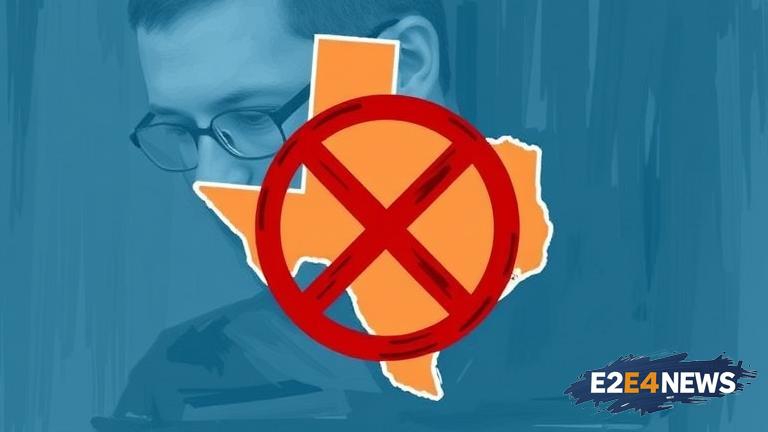In a groundbreaking move, the state of Texas has announced a comprehensive ban on cellphones in schools, effective immediately. This decision aims to minimize distractions, promote a healthier learning environment, and encourage face-to-face interactions among students. The ban applies to all public and private schools, including elementary, middle, and high schools. By prohibiting the use of cellphones during school hours, Texas educators hope to improve student engagement, reduce cyberbullying, and enhance overall academic performance. The ban also seeks to address concerns about the potential health risks associated with excessive cellphone use, such as increased risk of cancer, sleep deprivation, and decreased attention span. Furthermore, the ban is expected to help students develop essential social skills, like communication, empathy, and conflict resolution, which are critical for success in the digital age. While some critics argue that the ban may be overly restrictive, proponents believe that it will have a positive impact on the educational system as a whole. The ban has sparked a national conversation about the role of technology in education, with some experts advocating for a balanced approach that incorporates technology in a way that supports learning. Others argue that cellphones have become an indispensable tool for students, providing access to a wealth of information, educational resources, and safety features. As the debate continues, Texas schools are working to implement the ban, with some institutions introducing cellphone-free zones, while others are exploring alternative solutions, such as cellphone storage systems or apps that monitor usage. The ban has also raised questions about the potential consequences for students who violate the policy, with some schools considering penalties, such as detention or confiscation of devices. Despite the challenges, many educators and parents believe that the ban is a step in the right direction, as it encourages students to focus on their studies, engage with their peers, and develop a healthier relationship with technology. In addition to the ban, Texas schools are also investing in digital literacy programs, aimed at teaching students how to use technology responsibly and effectively. These programs cover topics such as online safety, digital citizenship, and media literacy, providing students with the skills they need to navigate the digital world. As the ban takes effect, Texas schools are monitoring its impact, gathering feedback from students, teachers, and parents, and making adjustments as needed. The ban has also sparked interest from other states, with some considering similar measures to address the growing concerns about cellphone use in schools. While the ban is not without its challenges, it represents a significant step towards creating a more focused, safe, and supportive learning environment. By prioritizing student well-being and academic success, Texas is setting a precedent for other states to follow. The ban is also expected to have a positive impact on the state’s economy, as it encourages students to develop skills that are in high demand in the job market, such as critical thinking, problem-solving, and communication. In conclusion, the ban on cellphones in Texas schools is a bold move that has sparked a national conversation about the role of technology in education. As the state continues to implement and refine the policy, it is likely to have a lasting impact on the educational system, promoting a healthier, more focused, and more supportive learning environment for students across the state.
